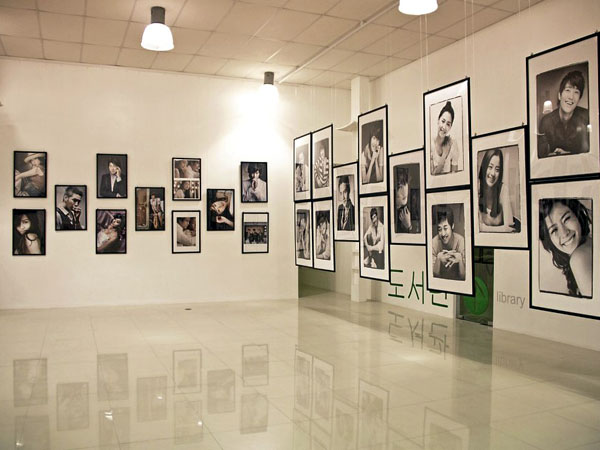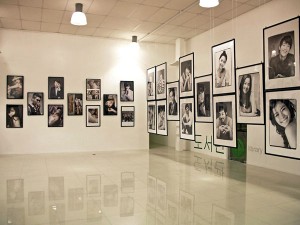
Exporting culture may seem unthinkable, but that is exactly what’s happening to Korean arts and culture.
When other Asian telenovelas invaded local television screens, many thought it was just a wave, something that peaked but would eventually die down. But it has been years since Filipino women went gaga over those clean-cut Korean males, and the fever hasn’t abated.
Today, the Hallyu or Korean Wave is in full surge. And from Koreanovelas, many teenage girls – and boys – are now also into Korean pop (K-pop) music, food and fashion, and yes, culture.
The enthusiastic response from other countries to anything Korean has encouraged the Korean Culture and Information Service of the Ministry of Culture, Sports and Tourism (MCST) to open cultural centers all over the world. The Korean Cultural Center (KCC) in the Philippines located in Taguig is the 20th.
The fusion of traditional and modern is what distinguishes Korean arts and culture. It is inspiring to see young Koreans singing Western songs, and then transforming into a different persona as they perform their traditional dances and songs from centuries ago. The National Gugak Center, which is composed of notable personalities, performed traditional dance and music during the opening event.
“The opening of this cultural center is a very important milestone in our bilateral relations,” said Seo Kangsoo, director of the Korean Culture and Information Service [Kocis]. “With the help and participation of the government and people of the Philippines, this center will be able to plan and carry out cultural exchange programs more comprehensively.”
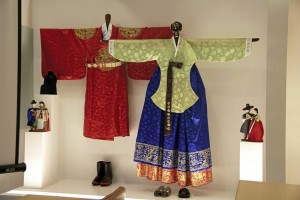
Seo added: “The Korean Government has been establishing overseas cultural centers steadily, believing that inter-cultural sharing is as important as economic or political exchanges, if not more.”
KCC hopes to share the Korean culture, from language to food. The center offers language courses, cooking lessons, tae kwon do sessions, and even K-pop singing and dance classes.
“The Cultural Immersion program will give Filipinos a chance to learn more about Korea, and a clearer understanding of the dynamics of Korean culture through classes on traditional music and dance.”
So far, 160 students have enrolled in these programs since the center started registration last June, in time for the July opening. Those on the waiting list will have to wait until September for the second round of sessions.
Koreanovela fanatics can also watch their favorites (like “Coffee Prince,” “Princess Hours,” “Boys Over Flowers,” “Dae Jang Geum” and “Queen Seondok”) at the center. There are now 34 dramas in DVD format in the Center’s library.
But Korean arts and culture go beyond Koreanovelas and K-pop into serious and award-winning screen offerings. In 2003, South Korea’s film “Old Boy” won the Cannes Film Festival’s Jury Grand Prix prize. The country’s show biz industry can probably rival that of Bollywood and even Hollywood. Proof of the Korean movies’ popularity is how Hollywood filmmakers remake some of its movies like “Il Mare” (retitled “The Lake House”), “My Sassy Girl” and “A Tale of Two Sisters,” among others.
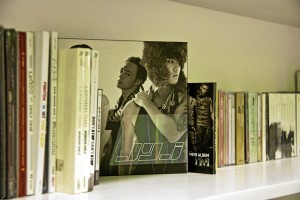
Korean arts is also noted for its penchant for epic and historical movies and television series. “Tae Guk Gi” (Brotherhood of War) tells of the Civil War that divided Korea in the mid-20th century. The story of the (now) two countries runs parallel to the story of two brothers who take opposite paths. The gore and realistic approach could probably rival that of Steven Spielberg’s “Saving Private Ryan.”
The KCC in the Philippines will screen films similar to this during the Korean Film Festival, Seo revealed. “The Korean government is also interested in an exchange of arts exhibitions and sponsoring lectures about the culture of both countries,” added the KCC director. “Through these programs, Filipinos will have access to various aspects of Korean culture. It is my firm belief that this Cultural Center should go beyond introducing Korean culture to the Philippines. Cultural exchanges should be a two-way street, contributing to mutual understanding and good will.”
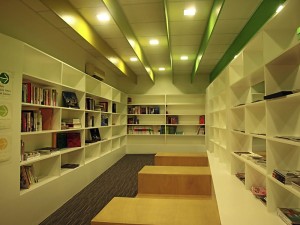
The Taguig-based Korean Cultural Center is the latest of 20 KCCs around the world. The others are in the United States (New York, Los Angeles, Washington DC), China (Beijing and Shanghai), France (Paris), Kazakhstan (Astana), Nigeria, Vietnam, Indonesia, Australia (Sydney), Buenos Aires, Poland, Spain and London. •
The Korean Cultural Center in the Philippines is at 2F Mancor Corporate Center, 32nd St., Bonifacio Global City, Taguig.
Photographs courtesy of Korean Cultural Center in the Philippines

